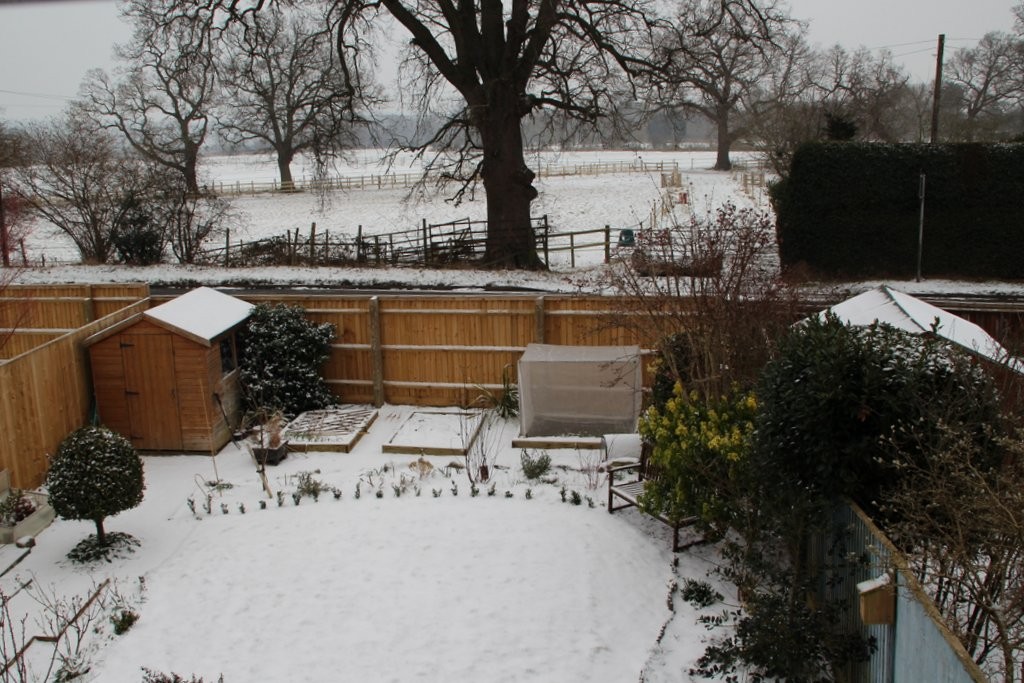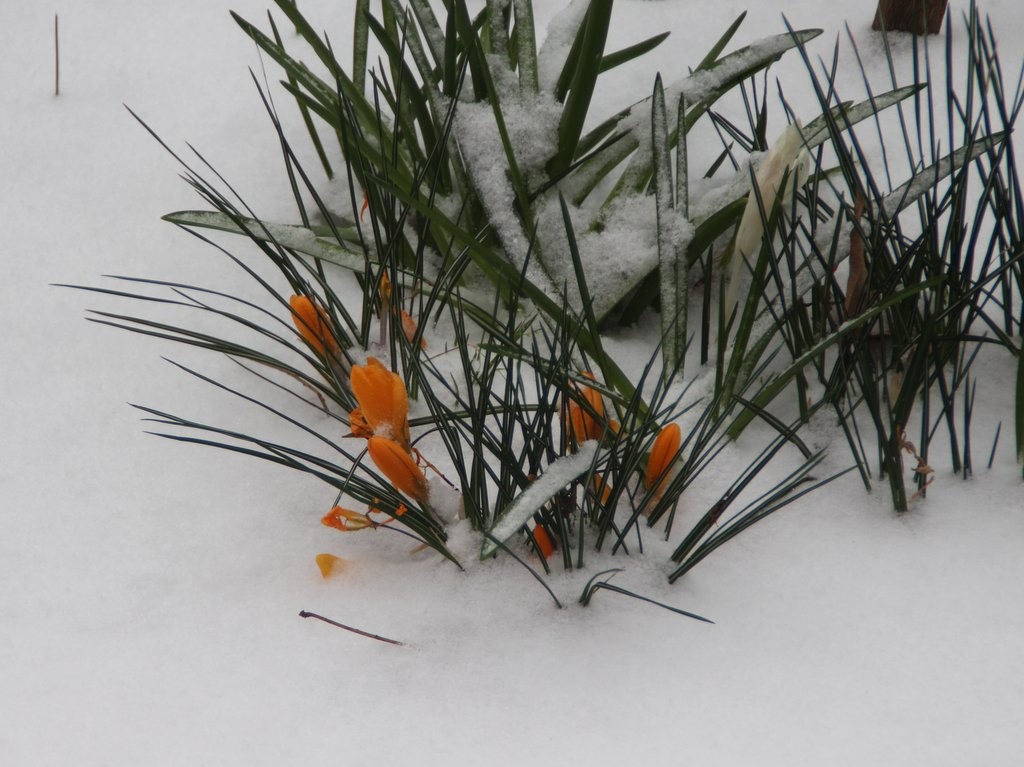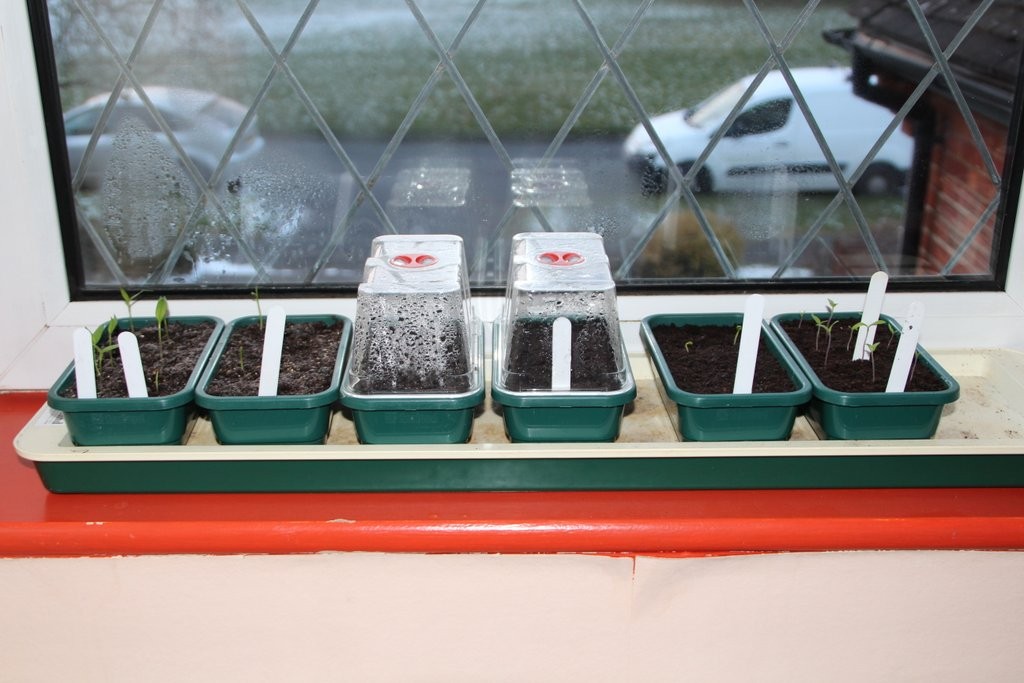We often give a warning that even though meteorological spring starts on the first of March there can still be bursts of cold weather. That is definitely true this year.
By the end of March the hour will have gone back and with more daylight, things will really get growing. Of course new growth on emerging perennials like Hostas and Delphiniums is a delight for slugs and snails, so be ready with your preferred defence.
As the month wears on, the flowers on the earliest spring bulbs will start to die off, so be sure to pinch off the dead heads so that the leaves feed the bulb for next year, rather than encouraging seed formation. Leave the foliage for 4-6 weeks after flowering to get as much photosynthesis as possible.
March is a good month for pruning perennials such as Cornus and Salix that are grown for their striking stem colour over the winter. New growth gives the best colour, so you can prune back hard, but if you want the interest at a greater height, for example at the back of a border, leave a longer old stem so that the newer growth will be higher up. Buddleia is another plant that can be cut back hard now as it flowers on new wood later in the year.
In the vegetable garden you can get your early potatoes in the ground in mid to late March and spring sown planted onion and shallot sets can still go out. If you have a propagator, a greenhouse, or even a warm window ledge, then whatever the weather outside, you can sow tender fruiting vegetables (tomatoes, peppers, aubergines etc.)
Don’t overwater seedlings, especially those of smaller plants to avoid the fungal diseases that cause “damping off” – which can quickly kill off most of the contents of a seed tray.
This is a good time of year to try to propagate Cotinus, Cornus and Magnolia by layering. Full instructions can be found on the RHS website but the main steps are:
- Choose flexible young shoots on the outside of the plant that can be bent down to ground level.
- Mark the point where the shoot touches the ground with a bamboo cane.
About 30cm (1ft) from the shoot tip, make a 2.5-5cm incision along the stem, running through a leaf bud (remove the leaf first if the plant is in leaf). This will create a wedge that you should prop open with a small piece of wood. - Apply hormone rooting compound to the surfaces of the wound.
- Make a shallow trench in the soil, 10-15cm deep, back from the bamboo cane towards the parent plant.
- Peg the wounded section of stem into the trench with a loop of thick wire.
- Secure the tip of the shoot to the bamboo cane, so that it is growing upwards.
- Fill up the trench with soil, firm in and water if dry.



